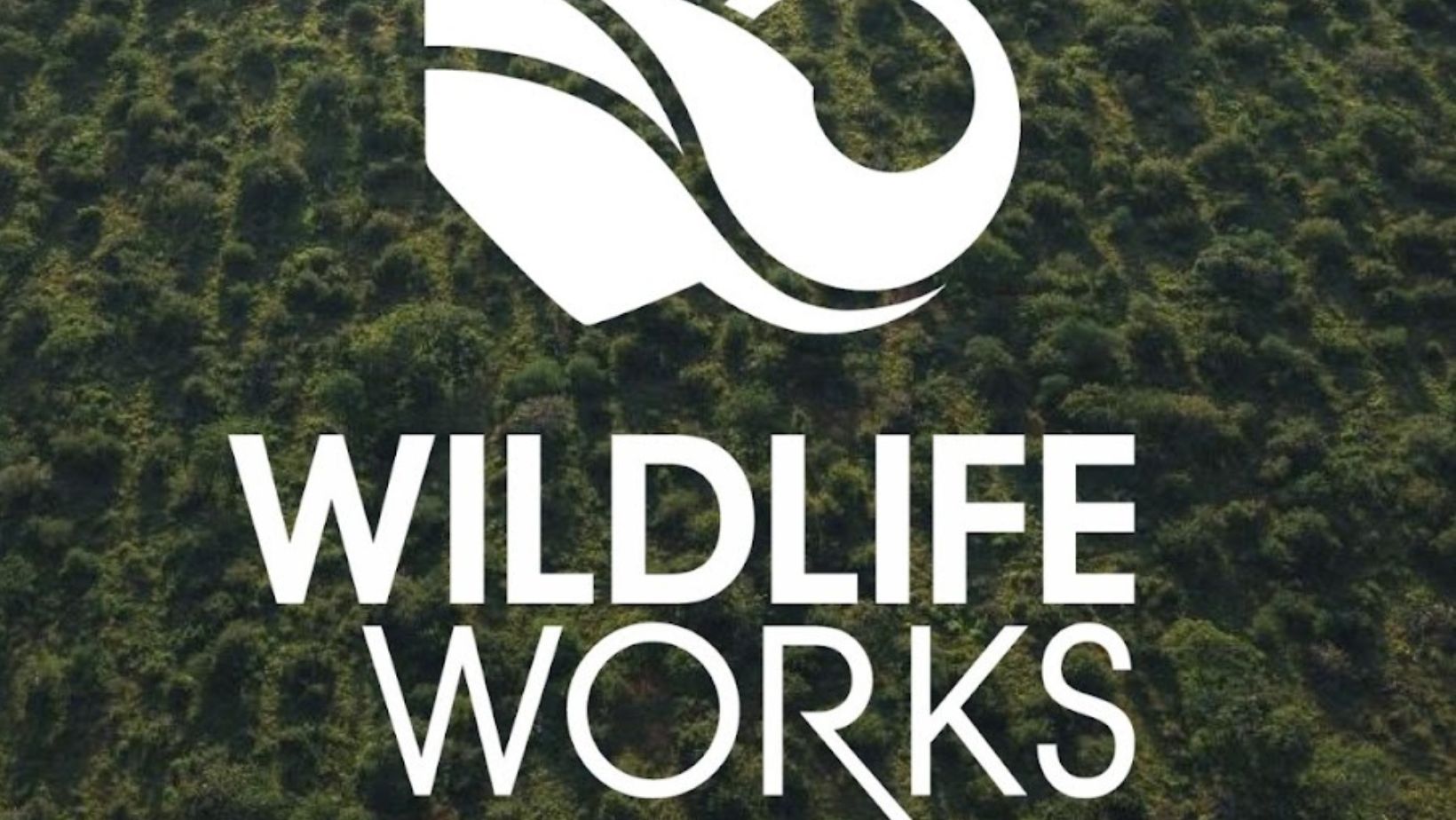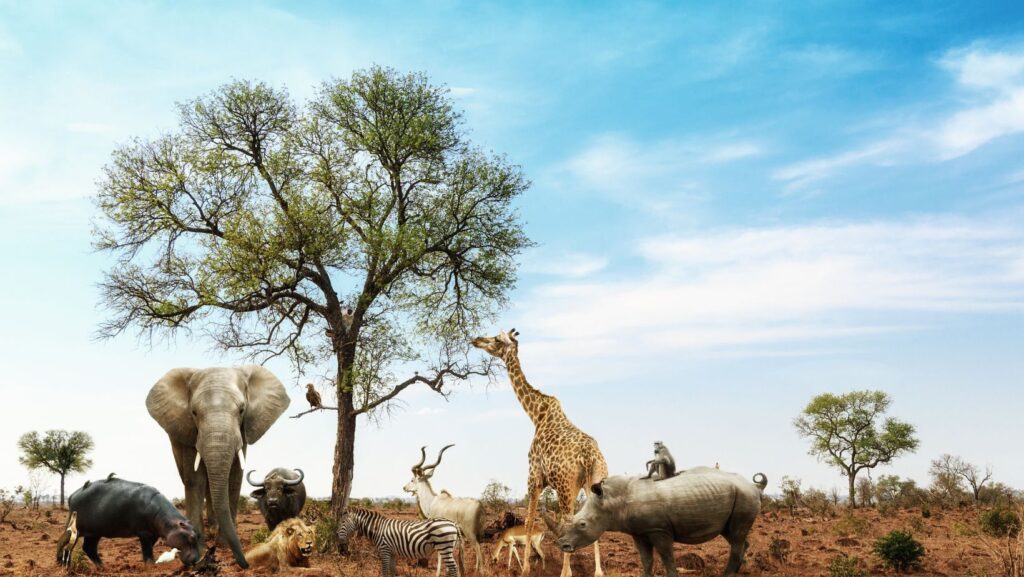As I delve into the realm of wildlife works, it becomes apparent that these initiatives play a crucial role in preserving our planet’s biodiversity. Wildlife works encompass a wide range of projects aimed at protecting and conserving various species, habitats, and ecosystems. From endangered animal rehabilitation programs to habitat restoration efforts, these endeavors are essential for maintaining ecological balance.
One cannot underestimate the significance of wildlife works in safeguarding vulnerable species from extinction. Through collaborative conservation strategies and sustainable practices, organizations and individuals are making impactful contributions to wildlife preservation globally. The interconnectedness of all living organisms underscores the importance of these concerted efforts in ensuring the survival of diverse flora and fauna.
Exploring the intricacies of wildlife works reveals not only their environmental impact but also their social and economic implications. By promoting ecotourism, raising awareness about conservation issues, and fostering community engagement, these initiatives create a ripple effect that extends far beyond wildlife protection alone. The multifaceted nature of wildlife works underscores their pivotal role in shaping a more sustainable future for generations to come.

Importance of Wildlife Conservation
Wildlife conservation is CRUCIAL for maintaining ecological balance and preserving biodiversity. The impact of human activities on wildlife populations has been SIGNIFICANT, leading to habitat destruction, climate change, and species endangerment.
Key Points
- Biodiversity Preservation: Wildlife conservation helps protect various species from extinction, ensuring a diverse and resilient ecosystem.
- Economic Benefits: Tourism based on wildlife attracts revenue, supports local communities, and boosts economies.
- Environmental Stability: Wildlife plays a vital role in ecological processes like pollination, seed dispersal, and nutrient cycling.
Statistics
| Category | Data |
| Species at Risk | Over 16,000 species are currently threatened |
| Economic Impact | Wildlife tourism generates billions annually |
| Ecosystem Services | Biodiversity loss could cost trillions by 2050 |
By investing in wildlife conservation efforts through sustainable practices, stricter regulations, and public awareness campaigns, we can secure a better future for both wildlife and humans. It’s imperative that we recognize the value of our natural world and take action to protect it for generations to come.

Threats to Wildlife
As I delve into the challenges facing wildlife, it’s evident that various factors pose significant threats to their survival. Here are some key issues:
Habitat Loss
- Deforestation and urbanization encroach on natural habitats.
- Pollution degrades ecosystems, making them uninhabitable for many species.
Climate Change
- Rising temperatures disrupt migration patterns and alter habitats.
- Extreme weather events become more frequent, affecting breeding and feeding grounds.
Poaching and Illegal Wildlife Trade
- Demand for exotic pets, skins, and body parts drives illegal hunting.
- Unregulated trade puts many species at risk of extinction.
Human-Wildlife Conflict
- As human populations expand, conflicts over resources intensify.
- Encounters lead to injury or death for both humans and animals.
Invasive Species
- Non-native species outcompete native wildlife for resources.
- They disrupt the balance of ecosystems, leading to biodiversity loss.
In analyzing these threats, it’s crucial to implement sustainable conservation efforts to safeguard wildlife populations worldwide.
As I reflect on the impact of wildlife works, it’s evident that conservation efforts play a crucial role in protecting our planet’s biodiversity. Through initiatives like habitat restoration, anti-poaching measures, and community education programs, we’ve seen tangible results in preserving endangered species and ecosystems.
Key Takeaways
- Wildlife works are essential for maintaining ecological balance.
- Conservation efforts require collaboration between governments, NGOs, and local communities.
- Sustainable practices can help mitigate human-wildlife conflicts.
In my experience, witnessing the positive outcomes of these initiatives has been both rewarding and motivating. As we continue to prioritize wildlife works, we’re not just safeguarding animal populations; we’re also ensuring a healthier environment for future generations.
I’m optimistic about the future of conservation and believe that each small step we take today can lead to significant progress tomorrow. It’s through our collective dedication and action that we can make a lasting difference in protecting our precious natural heritage.

